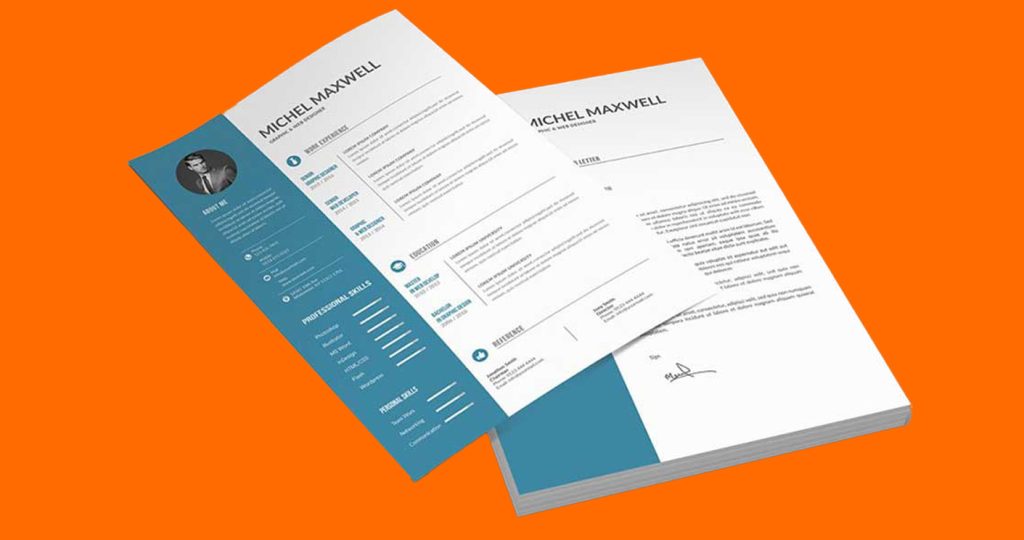 A strong CV (Curriculum Vitae) is your ticket to standing out in today’s competitive job market. Whether you’re applying for a job in tech, marketing, or education, your CV serves as your first impression to potential employers. A well-crafted CV can help you land an interview, while a poorly constructed one can send your application straight to the bottom of the pile.
A strong CV (Curriculum Vitae) is your ticket to standing out in today’s competitive job market. Whether you’re applying for a job in tech, marketing, or education, your CV serves as your first impression to potential employers. A well-crafted CV can help you land an interview, while a poorly constructed one can send your application straight to the bottom of the pile.
In this blog post, we’ll walk you through the key elements of a standout CV, giving you tips and insights that will help you create a document that highlights your strengths, experiences, and skills. Let’s dive into how to make the best CV possible!
Start with a Strong Header
The first thing employers should see when they look at your CV is your contact information. Make it easy for them to reach out.
What to include:
-
Full name: Make sure it’s clear and easy to read.
-
Phone number: Your primary contact number.
-
Email address: Use a professional email address (ideally, your name or initials).
-
LinkedIn profile (optional): If you have one, ensure it’s up-to-date.
-
Portfolio or website (optional): Include if relevant to the job (especially for creative fields).
Write a Compelling Personal Statement or Career Objective
A personal statement or career objective is a brief, impactful section that summarizes your professional background, skills, and career goals. This section is your chance to grab the employer’s attention and show them why you’re a great fit for the role.
Tips for writing a strong personal statement:
-
Keep it concise—ideally, 3–4 sentences.
-
Focus on what you can bring to the role, not just what you want from it.
-
Tailor it to the specific job you’re applying for.
Example: “Motivated and results-driven marketing professional with over 5 years of experience in digital advertising and brand management. Skilled in social media strategy, data analysis, and content creation. Looking to leverage my expertise in a dynamic marketing team to drive innovative campaigns.”
Highlight Your Work Experience
Your work experience is the heart of your CV. List your past jobs in reverse chronological order (most recent job first) and include the following details for each position:
Key details to include:
-
Job title: Clearly indicate your role.
-
Company name: Include the name of the company or organization.
-
Dates of employment: Mention the start and end date (month and year).
-
Key responsibilities and achievements: Describe what you did and any measurable successes.
Tips:
-
Use bullet points to make it easy to read.
-
Focus on your accomplishments rather than just duties—show the value you brought to the company.
-
Include quantifiable achievements (e.g., “Increased sales by 20% in the first quarter”).
Example: Marketing Manager, XYZ Corp.
June 2019 – Present
-
Developed and executed digital marketing strategies, resulting in a 25% increase in customer engagement.
-
Managed a budget of $100K for paid media campaigns, achieving a 15% ROI.
-
Led a team of 5 marketing professionals to launch a new product line, contributing to a 30% boost in revenue.
Focus on Skills
Your skills section is crucial for demonstrating your competencies. You want to list both technical and soft skills that are relevant to the position.
Types of skills to include:
-
Technical skills: Software, tools, and platforms you are proficient in (e.g., Excel, Google Analytics, Photoshop).
-
Soft skills: Communication, leadership, problem-solving, teamwork, etc.
Tips:
-
Tailor your skills to the job description, emphasizing those mentioned in the job ad.
-
Only include skills you genuinely possess and are comfortable using.
Example:
-
Digital Marketing Strategy
-
SEO/SEM Optimization
-
Project Management (Agile methodology)
-
Data Analysis and Reporting (Google Analytics, Excel)
-
Strong Written and Verbal Communication
Education and Qualifications
Your educational background is important, especially if you’re early in your career or applying for a role that requires specific qualifications. Include the following:
Key details:
-
Degree or qualification: Include your major or focus area.
-
Institution: Name of the school, university, or college.
-
Dates attended: Include the start and end dates (or graduation year).
-
Honors and achievements: Mention any awards or distinctions.
Tips:
-
If you have multiple degrees, list them in reverse chronological order.
-
If your education is relevant to the position (e.g., a degree in computer science for a tech job), emphasize it.
Example: Bachelor of Science in Marketing
University of ABC, 2015 – 2019
-
Graduated with honors (GPA: 3.8/4.0).
-
Completed an internship with XYZ Corp. that resulted in a 10% increase in social media engagement.
Certifications and Training
Including certifications and additional training shows you’re committed to professional development. If you’ve completed any courses or received certifications relevant to your field, make sure to highlight them.
What to include:
-
Certification name
-
Issuing organization
-
Date awarded (or expected completion date)
Example:
-
Google Analytics Certified (2023)
-
HubSpot Inbound Marketing Certification (2022)
-
Project Management Professional (PMP), PMI (2021)
Optional Sections to Add
Depending on your industry and experience, you might want to include some additional sections to make your CV stand out:
-
Volunteer work: If applicable, showcase any volunteer roles that highlight your skills or passion.
-
Languages: If you speak multiple languages, this can be a big asset.
-
Projects: Include any personal or professional projects that demonstrate your abilities.
-
Awards: If you’ve received any accolades, make sure to mention them.
Tailor Your CV to the Job
One of the most important things to remember is to customize your CV for each position you apply to. Use keywords from the job description to ensure your CV matches the specific requirements of the role. Tailoring your CV shows the employer that you’ve done your homework and are genuinely interested in the position.
Keep the Design Simple and Clean
Your CV should be easy to read and aesthetically pleasing. Avoid clutter and complex layouts. Use professional fonts like Arial, Calibri, or Times New Roman, and make sure the font size is readable (typically 10–12 pt). Keep margins around 1 inch and use enough white space to separate sections.
Proofread and Edit
A single typo or formatting error can hurt your chances of getting an interview. Always proofread your CV multiple times, and if possible, ask someone else to review it for you. Ensure the formatting is consistent throughout and that there are no grammatical mistakes.
Creating the best CV is about presenting your experiences, skills, and qualifications in a clear and compelling way. By following the tips outlined in this guide, you’ll be able to craft a CV that not only catches the employer’s eye but also positions you as the best candidate for the job. Tailor it for each application, keep it professional, and always keep refining it as your career grows. Good luck!



